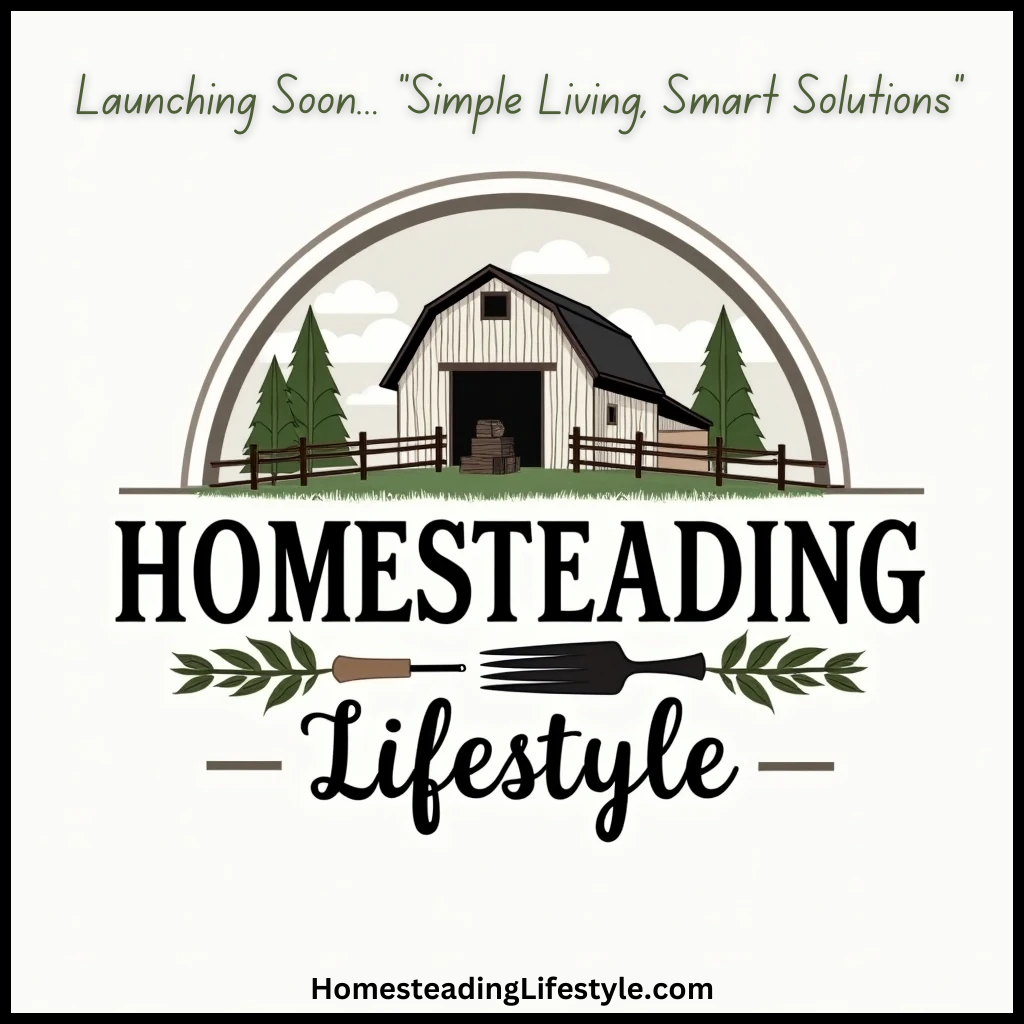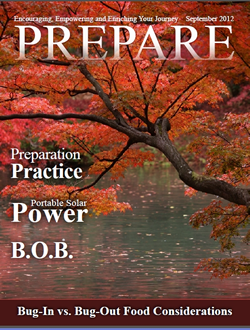Table of Contents
- 1. Understanding the Basics of Homesteading in 2025
- 2. Choosing the Right Land for Your Homestead
- 3. Planning Your Garden for Year-Round Production
- 4. Raising Livestock Responsibly and Effectively
- 5. Solar and Renewable Energy Solutions
- 6. Water Conservation and Management Techniques
- 7. Preserving Food Through Canning and Fermentation
- 8. Sustainable Waste Management Practices
- 9. Building Community Connections for Support
- 10. Staying Informed with Homesteading Trends in 2025
1. Understanding the Basics of Homesteading in 2025
What Homesteading Really Means Today
Homesteading for beginners in 2025 involves more than just growing your own food; it encompasses a lifestyle centered around self-sufficiency, sustainability, and reducing reliance on industrial systems. Modern homesteaders are increasingly focused on eco-friendly practices, renewable energy, and resilient food systems. Starting with a clear understanding of these fundamentals sets a solid foundation for your journey.
In 2025, the trend leans toward holistic livingâintegrating agriculture, renewable energy, and community sharing. Many beginners are surprised to learn how accessible it is to begin this lifestyle by adopting small but impactful changes. For example, converting a portion of your yard into a vegetable garden or installing a solar setup can make a big difference.
Knowing the key principles, such as soil health, biodiversity, and proper planning, helps streamline your efforts. Resources like local workshops, online courses, and homesteading communities are invaluable for gaining practical knowledge and staying motivated.
Common Challenges Faced by Beginners
One of the biggest challenges in homesteading for beginners is managing expectations. It takes time to see results, and setbacks are normal. Weather unpredictability and pests can be discouraging, but strategic planningâlike using natural pest repellents and crop rotationâcan mitigate these issues.
Another common hurdle is finding affordable land or space, especially in urban or suburban areas. However, even small backyard homesteads can thrive with strategic planning and creative use of vertical space or container gardening.
Financial planning is crucial, as initial investments can add up. Starting small and scaling gradually allows beginners to learn and adapt without feeling overwhelmed.
2. Choosing the Right Land for Your Homestead
Factors to Consider When Selecting Land
For homesteading for beginners, selecting the right land is pivotal. Consider soil qualityâloamy soil with good drainage is ideal for growing vegetables and herbs. Accessibility to water sources, such as wells or streams, is essential for reliable irrigation and livestock needs.
Location also matters. Look for areas with moderate climate conditions in 2025, avoiding regions prone to extreme weather events like floods or droughts. Proximity to markets can be beneficial if you plan to sell surplus produce or crafts, but privacy and a peaceful environment are equally valuable.
Legal restrictions or zoning laws can influence your choices, so research local regulations to ensure your homesteading plans are feasible. Many new homesteaders opt for land with existing infrastructure to save initial costs.
Assessing Land Size and Layout
Beginners should start with manageable plotsâtypically 1-5 acresâallowing for diverse activities like vegetable gardening, chicken coops, and orchard space. Proper layout planning maximizes land usage and minimizes travel time between different zones.
Use Google Earth or other mapping tools to visualize land potential before purchasing. Mark areas for composting, water collection, and solar installations. A well-thought-out design minimizes effort and increases productivity.
Over time, expanding your homestead can be part of your plan, but starting small ensures manageable maintenance and learning opportunities.
3. Planning Your Garden for Year-Round Production
Crop Selection and Season Extension
Choosing the right crops is vital for success in homesteading for beginners. Focus on easy-to-grow vegetables like lettuce, radishes, and beans, which produce quickly and require minimal space. Incorporate root vegetables such as carrots and potatoes for storage potential.
To extend your growing season in 2025, consider using high tunnels or greenhouses. These structures allow you to start seedlings earlier in spring and protect crops from unexpected frosts. Season extension techniques make gardening more sustainable and reliable.
Succession plantingâgrowing successive crops in the same spaceâmaximizes yields without requiring additional land. Planning your planting calendar based on regional climate data ensures a steady supply of fresh produce year-round.
Soil Preparation and Fertilization
Healthy soil is the backbone of productive gardens. Regularly testing your soil helps determine nutrient deficiencies, guiding amendments with compost, aged manure, or organic fertilizers. In 2025, regenerative practices like cover cropping and no-till methods are gaining popularity to build soil health over time.
Adding organic matter enhances soil structure, water retention, and fertility. Mulching reduces weeds, conserves moisture, and adds organic material as it decomposes.
By focusing on soil health, beginners can achieve higher yields with less reliance on synthetic inputs, aligning with sustainable homesteading principles.
4. Raising Livestock Responsibly and Effectively
Selecting Livestock Suitable for Beginners
Starting with small, manageable animals like chickens, rabbits, or ducks is ideal for beginners in 2025. Chickens, for example, provide eggs, pest control, and fertilizer, making them a versatile choice. They are hardy, low-maintenance, and a great introduction to animal husbandry.
Research the specific needs and local regulations about each species beforehand. For example, some regions have restrictions on keeping certain animals or require specific housing standards.
Choose healthy, vaccinated animals from reputable sources to reduce disease risk. Proper care and management from the start set the stage for a successful homesteading experience.
Building Proper Housing and Care
Animal housing must provide safety, ventilation, and protection from predators. Simple coop designs can be customized to suit your space and aesthetic preferences. Regular cleaning and maintenance promote animal health and reduce odors.
Providing a balanced diet suited for each species is essential for productivity and wellbeing. Fresh water, high-quality feed, and occasional treats keep livestock happy and healthy.
Monitoring animals for signs of illness and establishing routines help prevent diseases and ensure a rewarding experience for new homesteaders.
5. Solar and Renewable Energy Solutions
Installing Solar Power Systems
In 2025, solar technology is more affordable and efficient than ever, making it an excellent investment for homesteaders. Installing solar panels on your property can significantly reduce energy costs and environmental impact. As a beginner, start with a small, scalable system suited to your energy needs.
Assess your energy consumptionâlike lights, refrigeration, and small appliancesâand choose the right size system. Many companies offer turnkey kits that are easy to install and maintain.
Proper placement and regular maintenance will ensure your system operates at peak efficiency. Consider battery storage options to maximize independence and reliability.
Additional Renewable Solutions
Wind turbines, small-scale hydro, and biogas systems can complement solar setups, especially in rural areas with favorable conditions. Diversifying renewable energy sources increases resilience and reduces reliance on grid power.
Learning about these technologies and their integration allows homesteaders to build a more sustainable and self-sufficient homestead. Resources like online courses and local workshops can help with understanding installation and maintenance.
In 2025, harnessing renewable energy is more accessible than ever, making it a smart choice for homesteading for beginners.
6. Water Conservation and Management Techniques
Rainwater Harvesting and Storage
Collecting rainwater is a practical and eco-friendly water management method for homesteads in 2025. Installing rain barrels or larger storage tanks helps ensure a steady water supply for irrigation, livestock, and household needs.
Design your system with gutters and filters to keep debris out and maximize efficiency. Regularly inspecting and maintaining your collection system prevents leaks and contamination.
Using covered storage reduces algae growth and evaporation losses, making your harvested rainwater more reliable throughout the year.
Efficient Use of Water Resources
Multipurpose gardening techniques, such as drip irrigation and soaker hoses, minimize water waste and deliver moisture directly to plant roots. Mulching also conserves soil moisture and suppresses weeds.
Use drought-tolerant plants and permaculture principles to create resilient landscapes that require less water. Proper planning and water-smart practices are crucial for thriving homesteads in 2025.
Adopting water conservation helps beginners reduce bills and environmental impact while maintaining productive gardens and livestock areas.
7. Preserving Food Through Canning and Fermentation
Basics of Home Food Preservation
Canning, fermenting, and dehydration are essential skills for homesteading beginners in 2025 to extend their food storage and enjoy seasonal abundance year-round. Modern techniques emphasize safety and nutritional value.
Start with simple recipes like jams, pickles, and tomato sauce, and gradually experiment with fermentation for products like sauerkraut and kefir. These methods not only preserve food but also enhance gut health.
Invest in quality canning supplies and learn proper sterilization methods to prevent spoilage and foodborne illnesses. Resources like USDA guidelines and online tutorials are invaluable.
Benefits of Food Preservation
Preserving your harvest reduces waste, lowers grocery bills, and ensures access to nutritious foods regardless of season. It also increases self-reliance, a core component of homesteading for beginners.
Fermented foods boost immunity and gut health, aligning with the health-conscious trends of 2025. Canned goods are convenient for quick meals and emergency preparedness.
Developing these skills can turn your homestead into a mini food factory, supporting both your family and local markets if you choose to sell excess.
8. Sustainable Waste Management Practices
Composting and Soil Enrichment
Effective composting transforms kitchen scraps and yard waste into valuable organic matter, enriching your soil naturally. In 2025, many beginners adopt closed-loop systems to reduce waste and improve garden productivity.
Balance green materials (like vegetable peelings) and browns (like straw or shredded paper) for optimal composting. Turning or aerating compost regularly speeds up decomposition.
Compost tea and liquid fertilizers derived from compost can boost plant growth, closing the nutrient cycle sustainably.
Managing Household Waste
Reducing plastic use, recycling, and reusing materials are fundamental habits in responsible homesteading. Setting up dedicated recycling stations and repurposing items saves money and reduces landfill impact.
Exploring alternative waste solutions, such as greywater recycling or biogas digesters, can further enhance your homesteadâs sustainability in 2025.
Educating family members and community members on waste reduction spreads ecological awareness and support for sustainable living practices.
9. Building Community Connections for Support
Joining Local and Online Homesteading Groups
Networking is crucial for beginners in homesteading for beginners. Local clubs, workshops, and online forums provide knowledge-sharing, encouragement, and practical tips. In 2025, digital platforms offer a wealth of resources tailored to different climates and scales.
Sharing experiences, seeds, and tools can lower costs and foster a sense of community. Attending farm tours or farmersâ markets builds local connections that can be mutually beneficial.
Participation also helps troubleshoot challenges and stay motivated through peer support and shared successes.
Collaborating on Community Projects
Starting a community garden or cooperative CSA (Community Supported Agriculture) spreads resources and knowledge. These initiatives strengthen social bonds and improve local food security.
Community collaboration can also lead to bulk purchasing of supplies, shared equipment, and collective marketing if you decide to sell your products.
In 2025, building a strong community network is one of the most powerful tips for beginners aiming to succeed in homesteading.
10. Staying Informed with Homesteading Trends in 2025
Utilizing Resources and Technology
Keeping up with the latest trends, innovations, and best practices is vital. Subscription to gardening apps, online courses, and industry newsletters can keep you informed and inspired. Many homesteaders in 2025 leverage technology for weather forecasting, pest management, and market insights.
Participating in webinars and virtual conferences expands your knowledge network beyond your local community. Staying current helps adapt to changing climate conditions and marketplace demands.
Embracing new tools and approaches keeps your homestead sustainable and competitive, especially as trends evolve rapidly in 2025.
Adapting to Climate and Market Changes
Climate resilience is critical. Incorporate climate-smart practices like water-saving strategies and drought-resistant crops. Monitoring local climate data and adjusting your planting and harvesting schedule ensures stability.
Markets are shifting with increased demand for organic, locally grown, and sustainable products. Understanding these market trends can help you diversify income streams and improve your homesteading profitability.
Continuous education and flexibility are key for homesteaders in 2025 to thrive amidst changing environmental and economic conditions.
Frequently Asked Questions about Homesteading for Beginners
1. What is the best way to start homesteading for beginners in 2025?
The best way is to start smallâfocus on one or two projects like a vegetable garden or chicken coop. Educate yourself through online resources, local workshops, and community groups. Gradually expand your efforts based on your experience and resources.
2. How much land do I need for homesteading as a beginner?
Typically, 1-5 acres are sufficient for beginners. This size allows space for a vegetable garden, small livestock, and some fruit trees without becoming overwhelming. The key is to optimize your land use and plan carefully.
3. How can I sustainably manage water on my homestead?
Use rainwater harvesting systems, drip irrigation, and drought-tolerant plants. Regularly maintain your water collection and storage systems to ensure a reliable supply. Water conservation techniques are essential for sustainability and cost savings.
4. Why is understanding soil health important in homesteading?
Healthy soil leads to better crop yields, stronger plants, and fewer pests. Building soil organic matter through composting and cover cropping improves fertility naturally, reducing dependency on chemical fertilizers. Soil health is foundational for success.
5. How do I stay updated on homesteading trends in 2025?
Follow online homesteading forums, subscribe to industry newsletters, join local groups, and participate in virtual conferences. Staying informed allows you to adapt and improve your homesteading practices continually.
Conclusion
Embarking on homesteading for beginners in 2025 is an exciting and rewarding journey. By following these 10 powerful tips, you can build a sustainable, self-sufficient homestead tailored to your needs and environment. Remember, preparation, education, and community support are your best allies. The key to success lies in embracing continuous learning and adapting to the trends and innovations of 2025. Happy homesteading!






